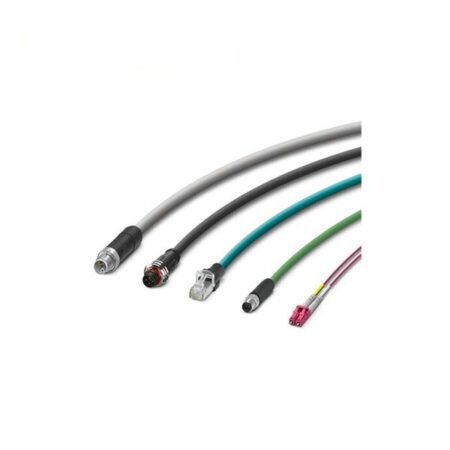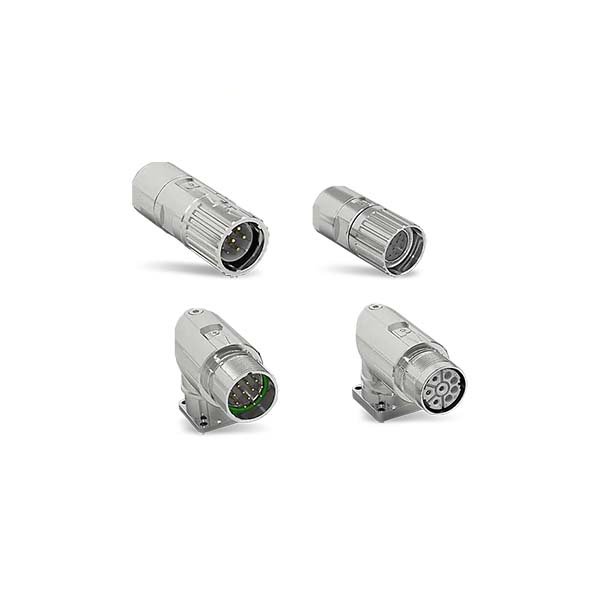- 9.00 to 9.00 (Mon_Sat)
- M/F unit: No 20c,MKB Nagar, Thiruudivakkam, Chennai, India.
- View On Map
-
Mail Us On
msfactoryautomations@gmail.com
-
Make a Call
+91-978-955-3926
- 9.00 to 9.00 (Mon_Sat)
- M/F unit: No 20c,MKB Nagar, Thiruudivakkam, Chennai, India.
- View On Map
-
Mail Us On
msfactoryautomations@gmail.com
-
Make a Call
+91 978-955-3926
Cables and lines
Cable lines are any electrical cables, conduits, and related equipment that are used to distribute phone, internet, or television signals. To convey electricity or electronic messages, a cable is a thick wire or a collection of wires covered in rubber or plastic. Information typically travels across cables to transfer data between network devices. With LANs, a variety of cable types are frequently utilized. Certain networks will only employ a single kind of cable, while other networks will use several different kinds.Â
An electrical cable is made up of two or more conductors, or wires, that have been braided, connected, or twisted together to form a single cable assembly. Stranding the wires with these cables can result in a more flexible product. This is the application of braiding or twisting inside an assembly. Depending on their many applications and structural characteristics, cables can be divided into several groups. Coaxial cables, twisted pairs, optical fibers, patch cables, power cables, data cables, etc. are a few examples of different sorts.
To transport electricity or electrical signals from one device to another, electrical cables are used to link two or more devices. Undersea communication cables are used for long-distance communication. Although these connections have evolved into numerous forms and channels over time, the term "cable" originates from the era when telegraphs traveled down international submarine communications cables.



